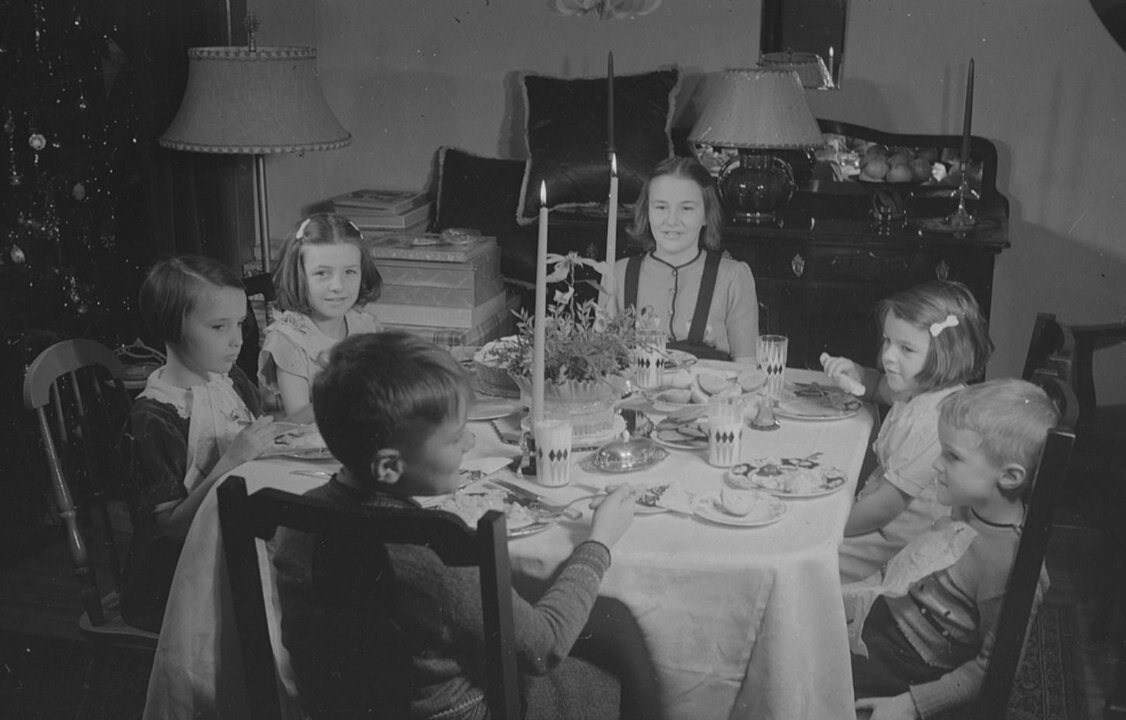Why it’s so important to find out about your medical history.
/Why it’s so important to find out about your medical history.
Your medical history is an important part of understanding your personal health. Family medical history can help you learn what types of genetic conditions run in your family and what types of diseases your family is prone to developing. But what happens when you don’t know enough about your family history to understand your family health dynamics? The following guide will help you understand how family history and family health are related and what you can do to find out more.
How Family history and Medical History Are Related
Your family history and your health have a surprising relation: not only are these genetic diseases and conditions that run in families, but you may be able to tell whether or not your family has a predisposition to certain types of conditions (such as heart disease, strokes, etc.) based on their history. That is why it is so important to have at least a basic understanding of your family health.
Genetic diseases
There are countless genetic diseases that may run in your family. Genetic diseases can include diseases such as cystic fibrosis, ALS, Marfan syndrome, Huntington’s disease and more. The fact that many genetic diseases are serious is the primary reason why it is vital that you know about your family health history.
Pre-disposition to certain diseases
There are also many diseases that may not be directly genetic but can still be prevalent in a particular family line. These include an increased risk of heart attack, heart disease, high blood pressure, stroke, obesity, and so on. If you don’t know that you have a higher pre-disposition to developing these conditions, then you are missing out on a key element to preventing them: high-risk assessments from your doctor and increased vigilance regarding your health.
How to Find Out More about Family Medical History
Knowing your family history is essential when it comes to finding out more about your family’s medical history. There are several key ways that you can find out more about the medical history of your family.
Research your family tree
The first thing you need to do is have a basic understanding of who is in your family, particularly your aunts, uncles, grandparents, great-grandparents and anyone with a close genetic relation to yourself. If you need to do so, you can research your family tree to fill in as many gaps as possible. Once you know the basics about who is who in your family, you can move on to finding out details.
Look for death certificate and hospital records
After you have the names of people close to you in your family, start looking for death certificates and—if they are public—hospital records. You may find that multiple people in your family all died from the same genetic disease, indicating it runs in your family; or you may find a number of people in the family who died from heart disease.
The more details you can find about your family health history, the more informed you will be about your own health.






































































